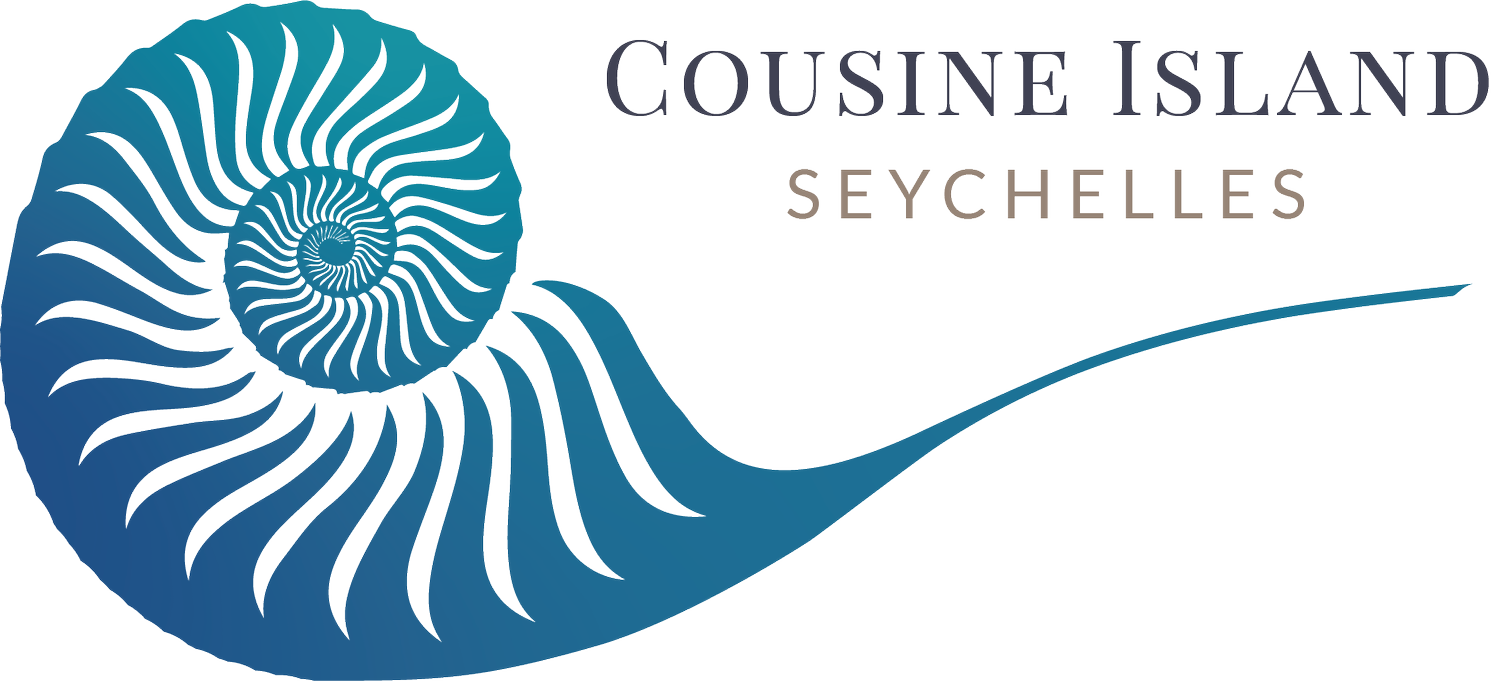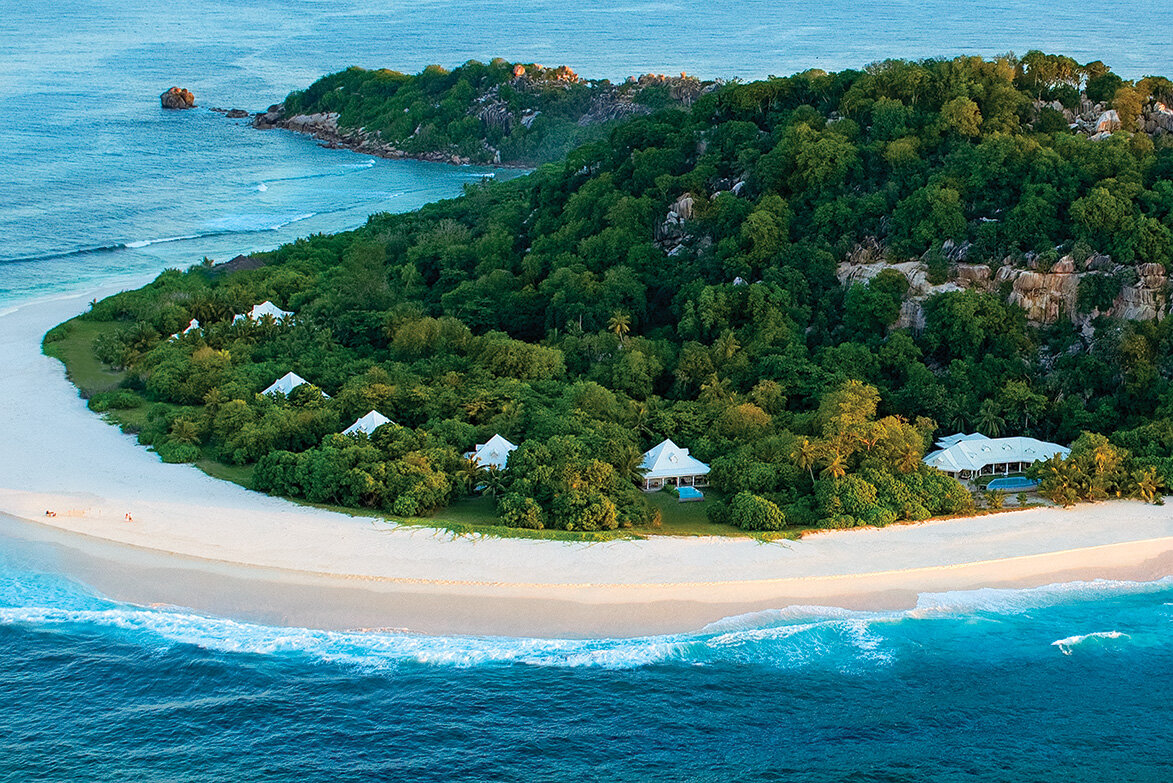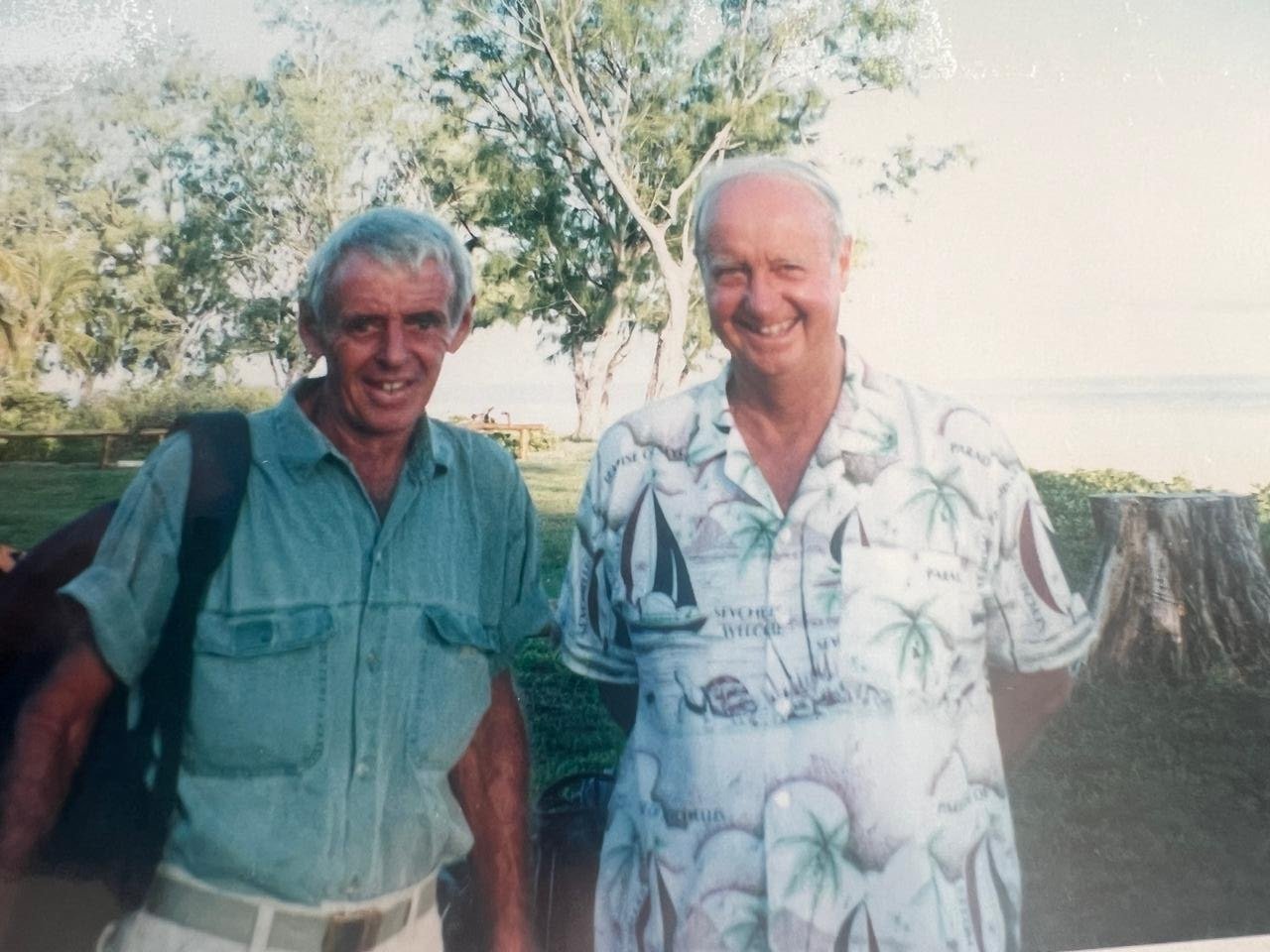L'histoire de l'île Cousine, joyau des Seychelles
1800’s
Les premiers documents de propriété connus
La première trace connue de la propriété de l' île Cousine est la vente de l'île par Louis Pouponneau à Pierre Hugon le 25 décembre 1818. Malheureusement, l'île a été exploitée pour ses ressources naturelles, ce qui a eu un impact dramatique sur la faune et la flore (ainsi que sur la vie marine environnante) qui ont fait de l'île Cousine leur foyer. Le bois de l'arbre Casuarina était excessivement exploité comme bois de chauffage pour les îles voisines de Praslin et Mahé.
Un grand nombre d'œufs de sternes fuligineuses , considérées comme un mets délicat aux Seychelles, ont été prélevés (entre 8 000 et 14 000 œufs chaque année). En conséquence, les sternes fuligineuses ont abandonné leur colonie de reproduction sur l'île. Les poussins du puffin à queue cendrée, également considéré comme un mets délicat aux Seychelles, ont été prélevés par milliers, ce qui a eu un impact considérable sur la taille de la population. Diverses cultures ont été plantées, telles que des cocotiers et des bananiers, du tabac et du fatak(herbe de guinée ou Panicum maximum).
De grandes quantités de poissons ont été pêchées sur les récifs environnants et vendues au marché de Praslin. De nombreuses tortues, qui sont venues pondre sur la plage, ont été victimes de l'exploitation humaine. Les tortues vertes sont appréciées pour leur chair comestible et les tortues imbriquées pour leurs carapaces, qui étaient utilisées dans la fabrication de bijoux. Ces deux espèces nichent aujourd'hui sur l'île Cousine.
1992
Un parcours de guérison par la restauration et la conservation
D'une histoire sombre à un voyage de guérison vers la lumière, l'île de Cousine s'est vue offrir une seconde chance en 1992 lorsque le propriétaire actuel, M. M.F. Keeley, et sa femme ont acheté l'île pour la transformer en un héritage de leur amour. Tous les animaux de la ferme (bovins, porcs, poulets) et les arbres de Casuarina ont été enlevés dans le cadre des étapes initiales du projet de restauration.
Le programme de restauration comprenait également la plantation à grande échelle d'arbres indigènes et endémiques (environ 8 000 depuis 1992) et l'élimination de toutes les espèces végétales et animales non indigènes. Grâce à ces efforts inspirants, l'île s'est remise de son histoire de surexploitation et d'exploitation. Les efforts de réhabilitation et de protection ont été un succès sans précédent.
2020
Notre héritage d'amour véritable
Aujourd'hui, l'île de Cousine est un refuge paradisiaque pour de nombreuses espèces et l'une des rares îles granitiques des Seychelles à être entièrement exempte de mammifères exotiques (tels que les chats et les rats sauvages). De multiples réintroductions d'espèces indigènes ont également été réalisées sur l'île. La pie-rouge des Seychelles, espèce menacée, a été introduite en 1996, avec la gratitude de Fregate Private Island, qui a joué un rôle déterminant dans cette réintroduction. Au fil des ans, la population a augmenté pour atteindre plus de 50 individus répartis sur 12 territoires à travers l'île.
L'île Cousine dispose maintenant d'un habitat pour des milliers d'oiseaux de mer nicheurs chaque année (dont environ 55 000 couples de petits nodules). Vingt tortues géantes ont été introduites sur l'île entre 1992 et 2004, et beaucoup d'autres qui ont été achetées ou sauvées ont trouvé un habitat sur l'île Cousine. Il y a maintenant 78 individus en liberté, âgés de 5 à 120 ans, qui appellent Cousine chez eux. La réintroduction d'une population saine de fauve des Seychelles a également été couronnée de succès.
Du désespoir d'une exploitation non durable à la réhabilitation et à la protection, l'île Cousine est une réussite en matière de conservation. Un héritage d'amour partagé entre un mari et une femme qui ont redonné vie à cette précieuse petite île privée des Seychelles et qui ont fait leur part pour contribuer globalement à la biodiversité florale et faunique de notre planète en commençant tout simplement chez eux.
Deux exemples de réussite en matière de conservation : Le Robin des Seychelles et une tortue géante d'Aldabra sur l'île de Cousine, Seychelles.
Les efforts de conservation sur l'île de Cousine se poursuivent. Récemment, nous avons fait équipe avec la Seychelles Island Foundation pour planter des arbres à coco de mer sur l'île de Cousine.
Découvrez la magie de l'île de Cousine par vous-même.
Les visiteurs de l'île sont invités à participer à des activités de conservation telles que des promenades guidées et la plantation d'arbres, mais le simple fait de visiter l'île(ne serait-ce que pour une journée) contribue à nos efforts de conservation.




















